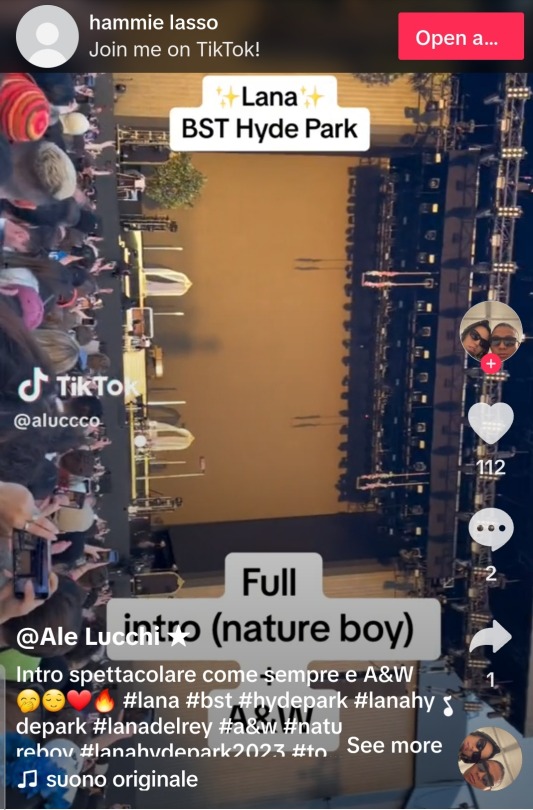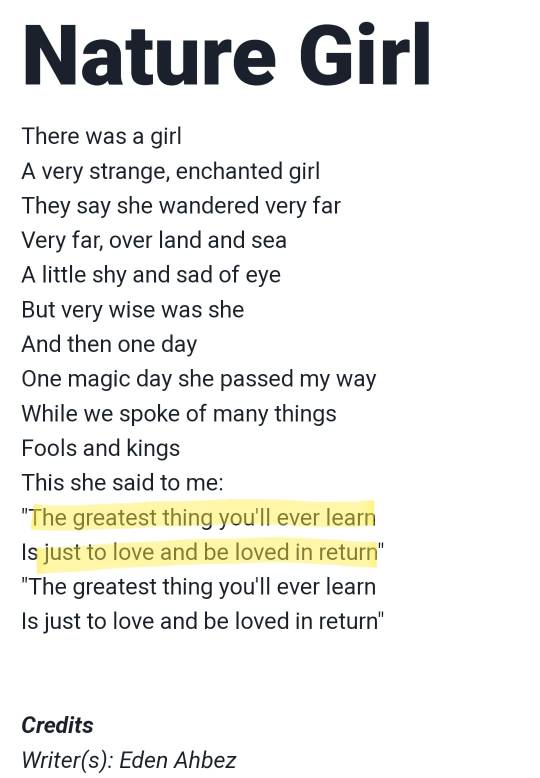#she describes kermit the same way the mastermind does
Explore tagged Tumblr posts
Text

One year today | For K Pt 2

Nature Girl | Nature Boy
#well would you look at that#you've been busy with the archives haha#so so so funny how things play out 😌#she soundchecked for k pt 2 and that hasn't happened in forever#kermit is tragically unaware of her own rizz™️#truly one of life's mysteries 🤣#she describes kermit the same way the mastermind does#curious coincidences etc etc 🤣 🍀#i remember you! welcome back!#no we didn't we were on an iberian holiday and missed the finals#tennis f1 add sailing enology and equestrian and you get a shortlist of our bougie hobbies 🤪#yes we'll be there can't wait to celebrate with the girls 🐉#well it sure as fucking shit doesn't say ******#so what's their point?🥂#kermit's mailbag the obligatory pre-anniversary greeting edition#originanon
3 notes
·
View notes